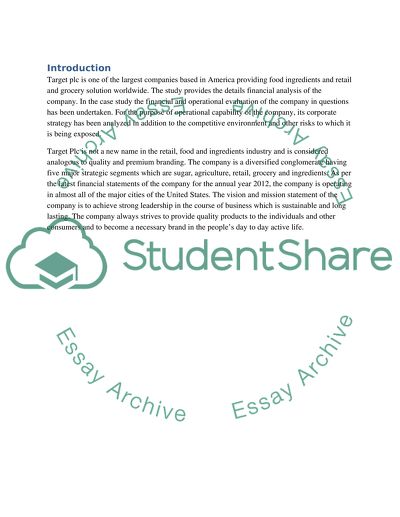Cite this document
(“The necessary analysis to decide whether to invest in Target Case Study”, n.d.)
The necessary analysis to decide whether to invest in Target Case Study. Retrieved from https://studentshare.org/finance-accounting/1488530-the-necessary-analysis-to-decide-whether-to-invest
The necessary analysis to decide whether to invest in Target Case Study. Retrieved from https://studentshare.org/finance-accounting/1488530-the-necessary-analysis-to-decide-whether-to-invest
(The Necessary Analysis to Decide Whether to Invest in Target Case Study)
The Necessary Analysis to Decide Whether to Invest in Target Case Study. https://studentshare.org/finance-accounting/1488530-the-necessary-analysis-to-decide-whether-to-invest.
The Necessary Analysis to Decide Whether to Invest in Target Case Study. https://studentshare.org/finance-accounting/1488530-the-necessary-analysis-to-decide-whether-to-invest.
“The Necessary Analysis to Decide Whether to Invest in Target Case Study”, n.d. https://studentshare.org/finance-accounting/1488530-the-necessary-analysis-to-decide-whether-to-invest.


